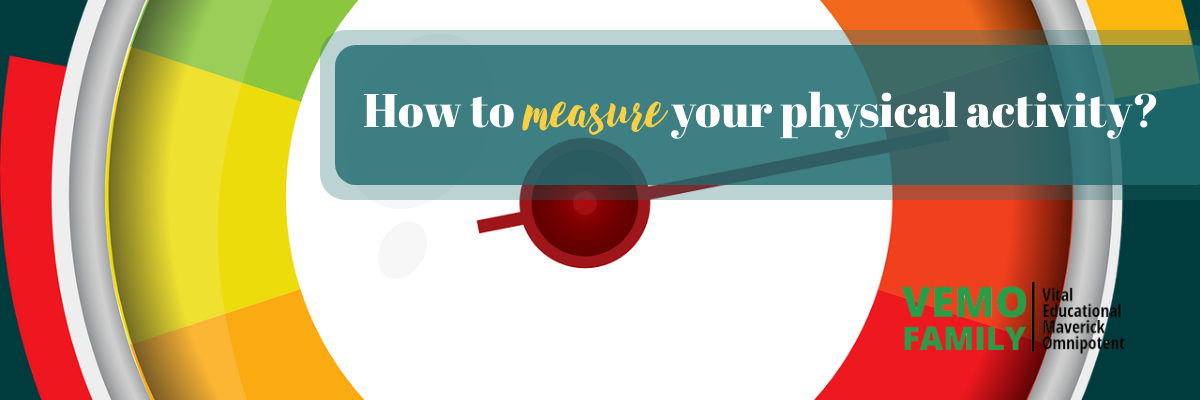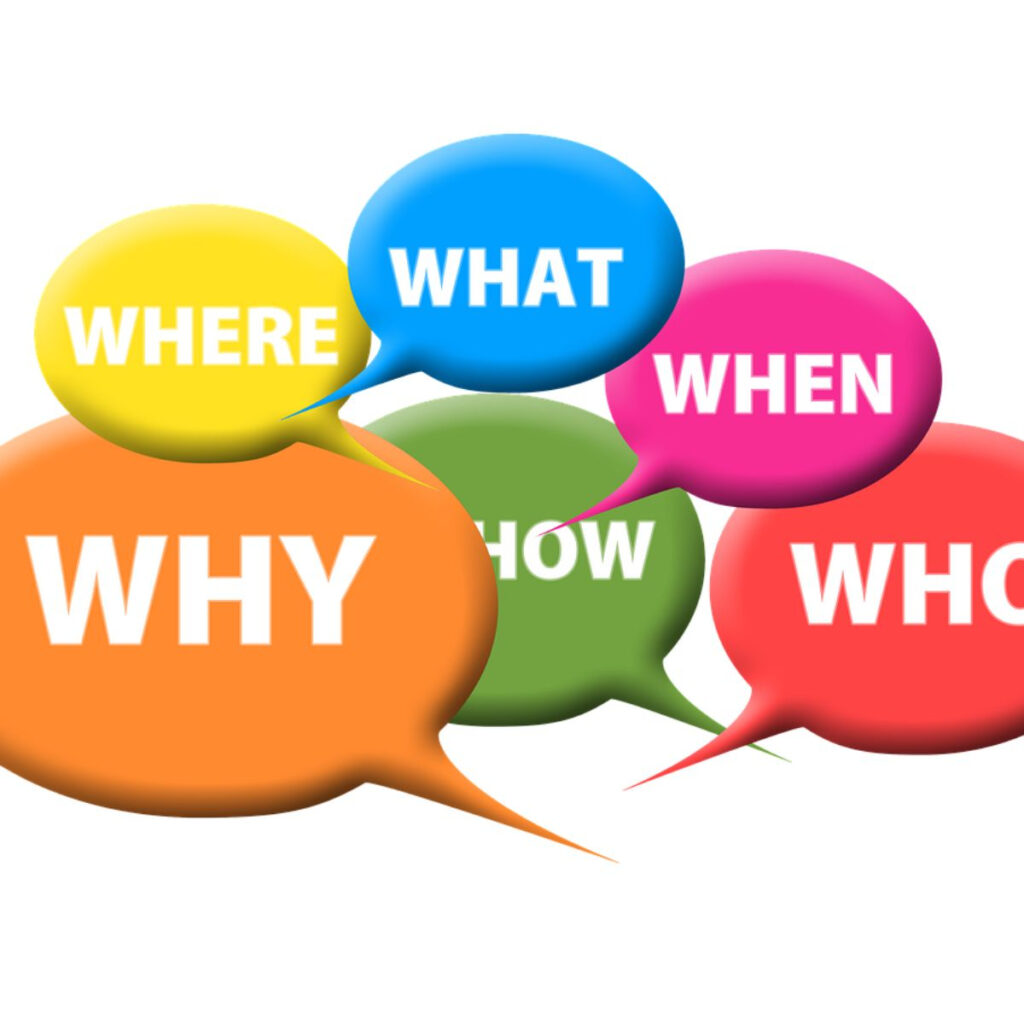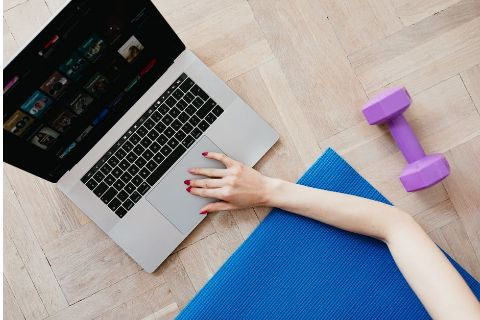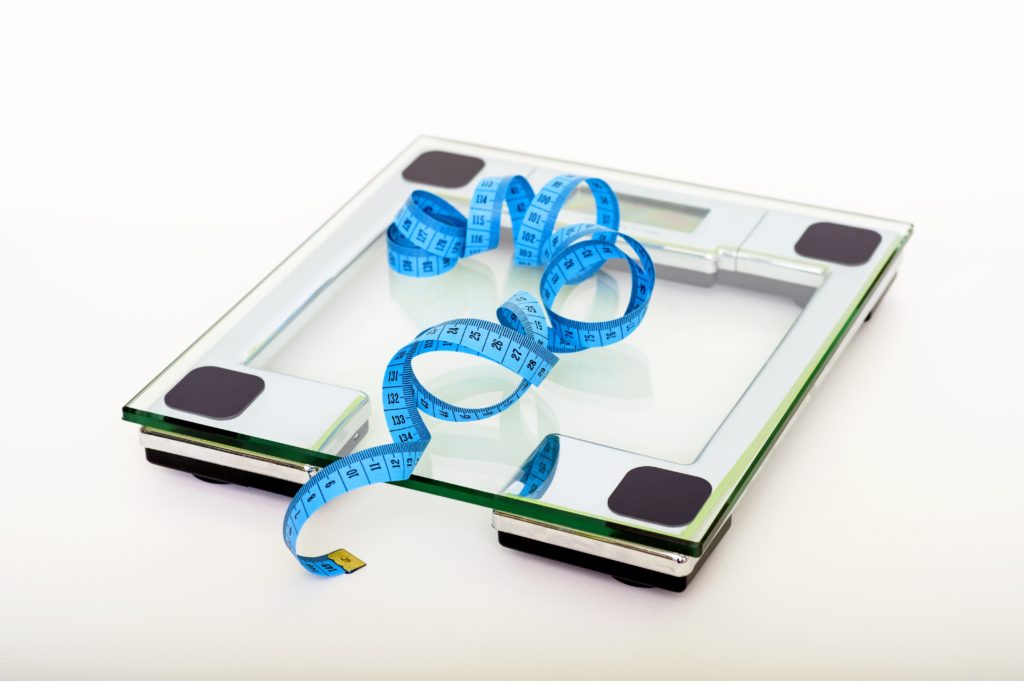

What is physical activity?

Physical activity includes the full spectrum of human movements – from the usual activities related to everyday life, physical exercise associated to various forms of recreation and entertainment or hobbies, to participation in sports training and competitions.
Conversely, physical inactivity is characterized as a condition in which the body movement is minimized, and energy consumption is insufficient. Physical activity is considered to be any movement of the body that requires muscle power to move and leads to a significant increase in energy consumption.
In general, sedentary behaviour involves any time when you are sitting or lying down, but you should keep in mind that scrolling through your phone, watching TV, working on a computer, video game playing, driving, and reading are sedentary behaviour too.
Depending on its intensity and systematicity, it can be categorized as sedentary behaviour, light activity, moderate activity, and vigorous activity.
Get the 10 minute home workout now!!!
What is a MET? Calculate your energy usage!
The absolute intensity of each activity can be measured by energy usage associated with this activity. It is usually measured by the metabolic equivalent (MET) as the ratio in kilocalories, weight and time. One MET is the energy consumption when you are sitting quietly or lying down.

Less than 3 METs activity is light physical activity. Activity between 3 and 6 METs is moderate. And greater than 6 METs are vigorous activities. Another way to express the intensity of physical activity is as a percentage of the maximum oxygen consumption per person(VO2 max).
Oxygen consumption and heart rate during physical activity have a high correlation, and therefore the percentage of maximum heart rate is often used to reflect the relative effect on maximum oxygen consumption. VO2 max is also an important determinant of endurance during prolonged exercise.
Examples of energy usage while walking (in METs)
If you are 80 kgs and you are walking with 3 km/h for 60 min, you score 2,4 METs and you will burn 204 Calories
Whereas if you are 80 kgs and you are walking with 5 km/h for 60 min, you score 3,4 METs and you will burn 284 Calories
Also, if you are 100 kgs and you are walking with 5 km/h for 60 min, you score 3,4 METs you will burn 355 Calories
As you see, slow walking in the park will not help you burn calories.
Whereas if you are 80 kgs and you are walking with 5 km/h for 60 min, you score 3,4 METs and you will burn 284 Calories
Also, if you are 100 kgs and you are walking with 5 km/h for 60 min, you score 3,4 METs you will burn 355 Calories
As you see, slow walking in the park will not help you burn calories.
What about running?

We humans are amazing creatures – while we walk with 5 km/h the World record for running is 37,58 km/h (Usain Bolt 2009, sprinting 100m)!
Generally for longer distances average speeds for a marathon 2 hours – 4 hours is 10.5 km/h. If you are 80 kgs and you are running with 10 km/h for 60 min, you score 10.5 METs and you will burn 884 Calories
Whereas if you are 80 kgs and you are running with 10 km/h for 120 min, you score 10.5 METs and you will burn 1768 Calories
So, if I have somehow motivate you to start burning calories, you already know how to count the burned down calories while running.
And of course, I can send you a simple and easy to follow program to make you more active and to fire the mood for action in you! It takes you only 30 min per day but keeps you in great physical condition
Health benefits of physical activity
Physical activity is a primary human function that is a prerequisite for good health throughout life. It has been shown its role in reducing the risk of cardiovascular disease, hypertension, diabetes, and some forms of cancer. Undoubtedly, the physical activity benefits for limiting the spread and exacerbation of some chronic non-communicable diseases. It also has a positive impact on mental health by reducing the effects of stress, anxiety and depression, slowing the onset of Alzheimer’s disease and the influence of other forms of dementia.
Physical activity is essential for energy balance and weight control.
It contributes to the development of basic skills and musculoskeletal system during the years of childhood and adolescence, maintains muscle strength and bone condition, improves the cardiovascular and respiratory systems throughout life. In the elderly, regular movement helps people maintain their health, mobility and functional independence, promoting active participation in public life. Physical activity plays a particularly important role in the rehabilitation of chronic diseases and is one of the essential elements of a healthy lifestyle.

The negative effects of sedentary lifestyle
Notwithstanding the well-known benefits of physical activity, there is a global tendency to reduce its daily levels. According to research, one-third of adults in the world does not have a sufficiently active lifestyle. According to the latest reports in the European Union, six out of every ten people over the age of 15 have never engaged in physical activity or exercise or do it rarely. More than half of the people have never does in or have seldom been involved in a physical activity such as cycling, dancing or gardening.At the same time, a significant proportion of adults in Europe spend more than four hours a day sitting down, which may contribute to the formation of their sedentary lifestyle.

The sedentary lifestyle leads to a disruption of energy balance, which ultimately leads to weight gain.
Over the past few decades, overweight and obesity indicators have increased and continue to rise, frequently affecting children and adolescents.
The economic consequences of physical inactivity are associated not only with direct costs in health care but also with high indirect costs due to the increase in the duration of sick leave, as well as due to permanent disability and premature mortality.
Get the 10 minute home workout now!!!
Reasons for a sedentary lifestyle
Research has shown that in recent decades worldwide it has become increasingly challenging to maintain levels of physical activity sufficient for healthy lifestyles. Among the main reasons that generate a lack of it, it is highlighted above all the presence of significant changes in most of the conditions in which we live. In this respect, the system and environmental factors that characterise the everyday living and working conditions associated with more and more sedentary lifestyles are leading. Extending the distance between places of residence and work or shops, as well as entertainment and leisure facilities, are increasingly leading to the use of motor vehicles and less walking or cycling. More time than ever before, children and adolescents spend in school and other institutions, increasing their mental load at the expense of reduced time for active play and physical education. Secondly, among the main reasons for the lack of physical activity, the researchers point out the prevalence of sedentary lifestyles, and especially the increase in time spent on TV shows and computer activities, as well as the distribution of technical devices facilitating physical loading, such as lifts and escalators.
In conclusion
Increasing the level of physical activity of people will lead to significant public health benefits as well as positive effects in other areas.
It is believed that if it is possible to reduce the sedentary behaviour, the average life expectancy worldwide will increase. This can be achieved through improvements in the environment, individual quality of life, social activity and vitality of communities The increasing number of pedestrians and cyclists will allow, perhaps, to decrease greenhouse gas emissions, reduce air pollution and noise, and to avoid congestion. Also, increased levels of physical activity will contribute to economic development in a number of sectors such as manufacturing, transportation, health, sports and tourism
Sources:
1) Nhlbi.nih.gov – Physical Activity and Your Heart
2) Wikipedia.org – Physical activity
3) Antonia Gornenska – Study of the impact of physical activity on health and quality of life
4) Everydayhealth.com – Exercise and Physical Activity: What’s the Difference?
“Vemo Family” Foundation with ID number 205380551 owns and maintains vemofamily.com. Our mission is to be your reliable source of knowledge and inspiration by providing you with information about how to be full of energy and stay healthy by combining good physical form with confidence and discipline, as well as forming proper habits and values. Because we believe there is a complete solution to one of the most serious and rapidly rising problems in our society – overweight and obesity.
The current project is designed to inform and educate you about physical activity and exercise, the differences between them, their benefits, the causes and consequences of a sedentary lifestyle, and what our society can do to address this problem. Be our precious relative, close enough to get all the benefits, because our next steps are to dive deeper and to acquaint you with every detail associated with this topic.
Please note that the current publication is for informational and educational purposes only and is not intended to diagnose, treat or prevent any health problem. The author does not in any way guarantee the accuracy, completeness or usefulness of the text and bear no responsibility for its application. Always consult a specialist in the field for your particular situation.
